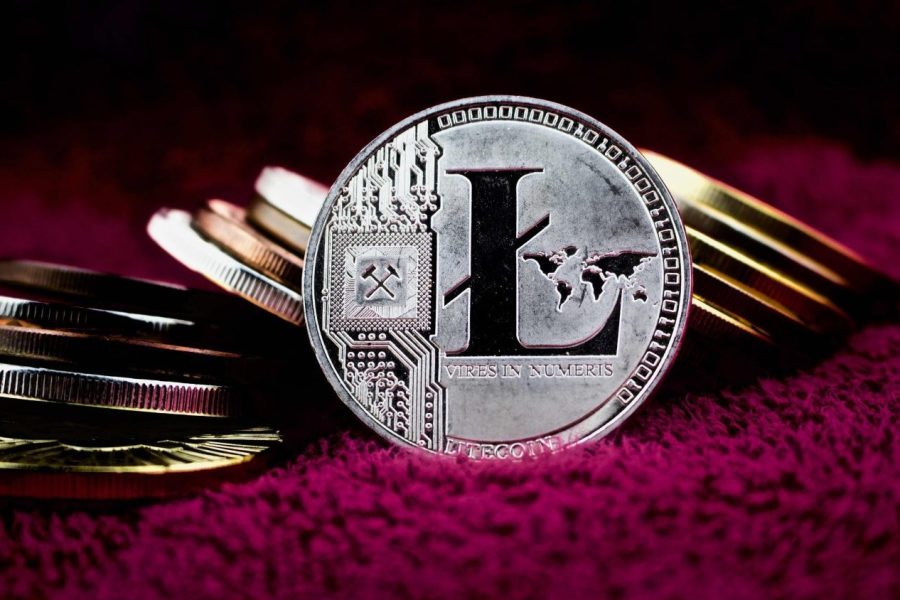Cossacks, free Ukrainians, who lived on this land for centuries, defending their lands. They had their own way of life and earned the glory of knights in the memory of the Ukrainian people.
We all remember that a Cossack is a free warrior in red trousers with a smoking pipe in his hands sitting on a horse, but... were the Cossacks really like that? The Cossacks had their own rules, which were strictly observed. They concerned not only his behavior in battle or at the Sich.
1. Cossack clothing was combat, everyday or festive, but the first thing they were distinguished by was a long moustache and a special hairstyle in the form of strands of hair - a forelock. They were the subject of special pride for the Cossacks. By the way, calling a forelock "oseledets" for followers of the Cossack culture is contemptuous. Forelocks were worn mainly by dzhurs, city Cossacks and military CossacksIn this case, the head was completely shaved and a braid of the size remained palm-sized, and three fingers wide. The forelock was twisted behind the left ear - so as not to interfere, by the way, like the saber, it was worn only on the left side, these two traditions were strictly observed.

3. Cossack moustaches were grown long, they were constantly looked after, and if they became very long, they were first tucked behind the ears, and only then the hat was put on. Every morning the Cossacks washed with cold water, shaved and combed their moustaches with a special comb.
2. The forelock even has pre-Christian origins. Prince Svyatoslav was depicted with a long moustache and forelock - a distinctive feature of a warrior and the son of a warrior. Only those Cossacks who had been in battles had the right to wear them - Zaporozhian Cossacks.
3. According to some Cossack beliefs, the forelock was needed so that when a Cossack died in battle, the guardian angel could more easily pull his soul out of the chaos of battle straight to heaven. According to others, the Cossack was light and barely touched the ground when moving, and when he did something sinful thought God pulled his forelock, as if bringing to reason.

4. Cossack recruits had their hair cut on September 14, on St. Semyon's Day, and as was said earlier, only experienced Cossacks had their forelocks cut. The forelocks themselves had different shapes, depending on the Cossack's achievements.
5. Not all Cossacks wore a Cossack earring, so what was the meaning of it? The earring could be made of any metal, it all depended on the owner's financial status or his trophies. A Cossack used a silver earring as a disinfectant when he was on a campaign for a long time and could not be sure of the quality of the water from the springs. It is noteworthy that an earring in the left ear meant that its owner was the only son in the family, in the right - the last man in his family, if in both in the ears He was the only son in the family, and everyone understood that these Cossacks needed to be protected as much as possible during battles or somehow insured.

6. One of the integral Cossack accessories was a pipe - "cradle". As is known from archaeological excavations, the Cossack pipe consisted of two parts: ceramic (cup) and wooden. Tobacco was placed into the cup and then lit.
7. The pipes themselves were made only from special types of wood, because many modern smokers know that the taste of the tobacco bouquet depends on the type of wood. As a rule, cherry, pear and linden were used. Pipes were never made from aspen, because it was considered a cursed tree on which Judas hanged himself, and from oak, sacred to the Slavs.
8. Tobacco itself was expensive at that time and was obtained by the Cossacks either as trophies or through trade with the same Turks, therefore, as a rule, the Cossacks smoked medicinal herbs or tobacco mixed with them.
9. As a mouthpiece they used the stems of the ocheret, which could always be found on the banks of the ponds in the Sich. Ordinary Cossacks used short pipes, while the elders used much larger and thicker ones. «fayki‘, often decorated with jewelry. Here is a short list of what the Cossacks often added to the pipe: «lovage, mint, wormwood, calamus, yellow burdock, valerian, kovelaIt is believed that the intoxicating effect of the tubes was used as a prototype of anesthesia.

10. Smoking a pipe was a normal thing for them, but sniffing tobacco was shameful. Cossacks who did this were branded with censure, considered sinners, and mocking stories were spread about them.
And finally, the Cossacks never smoked in the house, even in the dugout, because they believed that God and icons were there.












